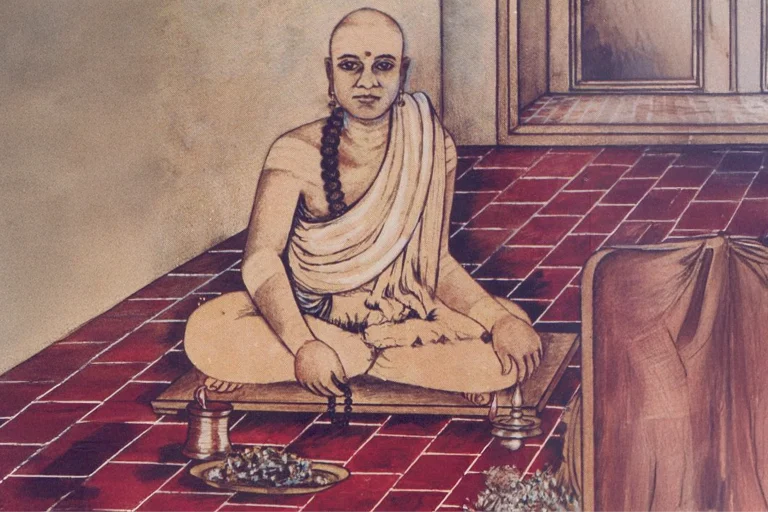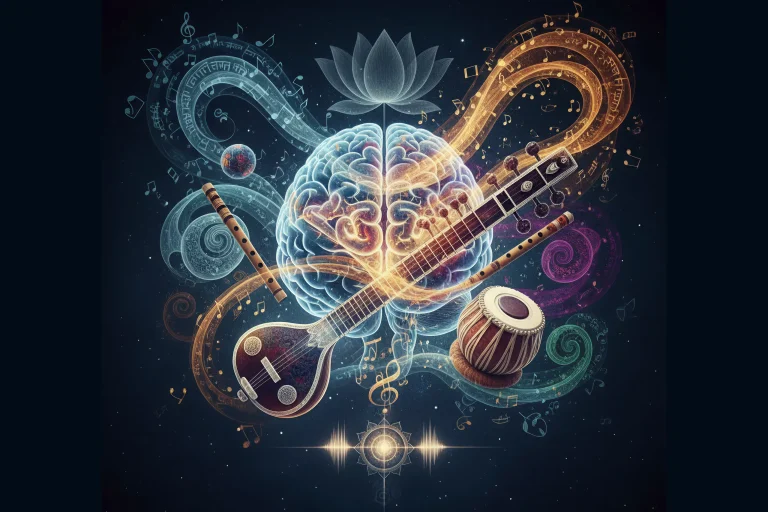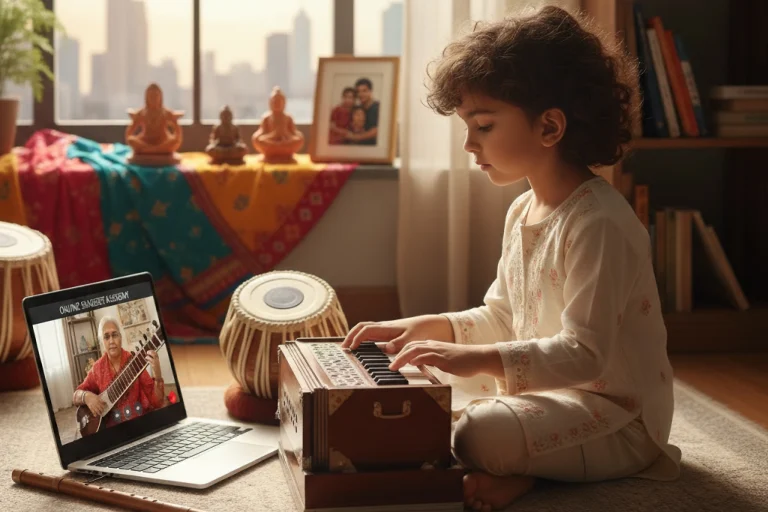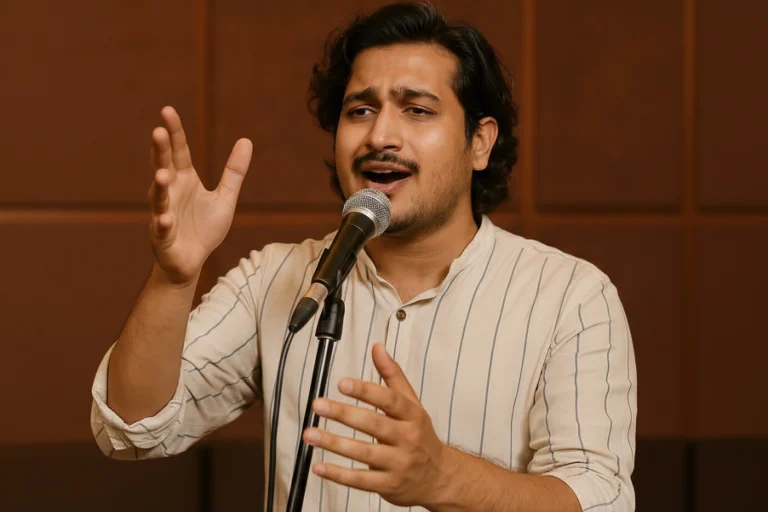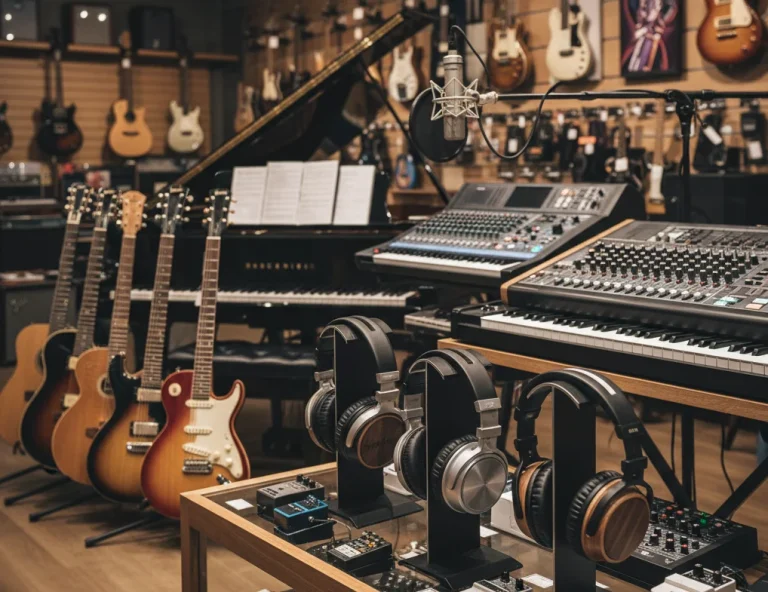All Topics
- Alchemizing Music Concepts for Students
- Artist Spotlight
- artium gift card
- Artium Maestros
- Artium News
- buying guide
- Carnatic Music
- Devotional Music
- Editorials by Ananth Vaidyanathan
- Film Music
- Guitar
- Hindustani Classical Music
- Indian Classical Music
- Indian Folk Music
- Insights
- Instruments
- Karaoke Singing
- Keyboard
- Kids Music
- maestros
- Music Education
- Music for Kids
- Music Industry
- Music Instruments
- Music Legends
- Music Theory
- Music Therapy
- Piano
- piano guide
- Tamil Film Music
- Telugu Film Music
- Time Theory
- Tools
- Uncategorized
- Vocal Singing
- Vocals
- western classical music
- western music
- Western vocal music
The Role of Tala in Hindustani Classical Music
The Role of Tala in Hindustani Classical Music

Table of Contents
Hindustani classical music is a treasure trove of melodic beauty and rhythmic sophistication. While its melodies (ragas) often take centre stage, the rhythm governed by the concept of ‘tala’ is equally crucial. Tala provides the structural framework for the music, ensuring a balance between creative expression and rhythmic discipline. For both performers and listeners, understanding tala deepens the appreciation of this intricate art form. Come, let us explore the role of tala in Hindustani classical music, its components, common patterns and how it influences improvisation.
But before that…
If you’re really excited to start your journey in music, start with a free trial lesson today!
Components of Tala
Tala, derived from the Sanskrit word ‘clap’, is essentially the rhythmic cycle in Hindustani music. It is more than just a repetitive beat; it is a structured pattern that governs timing and pace. When you learn Hindustani music, you understand that tala consists of the following components:
- Matra (beats) – Matras are the individual beats that make up a tala. These beats are evenly spaced, creating the foundation of the rhythmic cycle.
- Vibhag (divisions) – In Hindustani classical music, a tala is divided into smaller segments called vibhags, making it easier to identify and follow. Each vibhag may have an equal or varying number of beats, contributing to the tala’s unique identity.
- Sam (first beat) – The sam the most significant beat in the cycle. It serves as the starting and ending point for improvisations, creating a sense of resolution.
- Tali and Kali (clap and wave) – The clap and wave distinguish between stressed and unstressed beats in a tala. Tali marks strong beats, while Khali adds variation and nuances. Learn classical music online to know more!
- Theka (rhythmic patterns) – The theka is the standard sequence of drum sounds (bols) played on the tabla to represent a tala. It acts as a guide for the performer and helps listeners identify the tala.
Common Talas
Hindustani classical vocal classes also cover learning about a variety of talas, each suited to different tempos, moods and compositions. Here are some of the most widely used talas:
- Teentaal (16 beats) – Perhaps the most versatile and frequently used tala, Teentaal is divided into four vibhags of four beats. Its symmetry makes it a favourite for both vocal and instrumental music.
- Ektaal (12 beats) – When you learn Indian classical music, you understand that Ektaal is divided into six vibhags of two beats each. It is commonly used in classical vocal performances, particularly khayal.
- Jhoomra (14 beats) – A slow and expansive tala, Jhoomra is often used in romantic and expressive ragas.
- Dadra (6 beats) – Popular in light classical forms like thumri and ghazals, Dadra tala has a simpler structure, making it accessible and emotive.
- Rupak (7 beats) – With an asymmetrical division of 3+2+2 beats, Rupak tala creates an intriguing rhythmic texture often used in instrumental and semi-classical music.
In Hindustani classical music, each tala carries a distinct flavour, allowing musicians to choose one that complements the mood and structure of their raga.
Tala in Improvisation
When you learn classical music, you get to know that improvisation is the heart of this art form, and tala plays a pivotal role in shaping it. Whether a vocalist explores a khayal or a sitarist crafts intricate patterns, tala provides a rhythmic framework that anchors creativity.
- Interaction with Tabla – When you learn Hindustani classical music In a live performance, the interplay between the main performer and the tabla player showcases rhythmic improvisation. The tabla not only maintains the theka but also responds dynamically to the performer’s phrases.
- Laya (tempo) – Can vary within a performance, moving from vilambit (slow) to Madhya (medium) to drut (fast). Tala ensures that the transitions remain seamless.
- Tihai – In Hindustani classical music, a tihai is a rhythmic phrase repeated three times, ending on the sam. It is often used to conclude a section of improvisation or a performance with dramatic effect.
- Jugalbandi – In a duet performance, the coordination and contrast between two performers create an electrifying experience for the audience.
Thus, Indian classical music lessons teach you more about how tala acts as a guide and a playground for rhythmic exploration, encouraging musicians to push themselves beyond boundaries while respecting traditions.
Conclusion
Tala is much more than a time-keeping device in Hindustani classical music; it is the soul of the rhythm that binds performers and listeners together. From its structural components to its role in improvisation, tala offers a world of rhythmic possibilities that enrich the music journey. For those eager to dive deeper into the art form of Hindustani classical music, music academies such as Artium Academy offer an excellent platform to learn and grow. With expert instructors and structured programs, you can explore the intricacies of talas, ragas and more, whether you’re a beginner or looking to refine your skills. Start your musical journey with Artium Academy and explore the joy of rhythm and melody today!
Book a FREE Trial to know more about Talas now!
FAQs
Q. What is the tala system in Hindustani music?
Ans: The tala system in Hindustani music is a rhythmic cycle that organizes beats to structure musical compositions. It helps maintain rhythm and synchronize performances.
Q. What are the 7 talas?
Ans: The 7 main talas in Hindustani classical music are:
- Teentaal (16 beats)
- Ektaal (12 beats)
- Jhaptaal (10 beats)
- Dadra (6 beats)
- Rupak (7 beats)
- Keherwa (8 beats)
- Chautaal (12 beats)
Q. What is the history of tala?
Ans: The history of tala dates back to ancient Indian music, where it structured Vedic chants. It evolved over centuries, becoming essential in Hindustani classical music.
Q. What is raga tala?
Ans: Raga tala is the combination of raga (melody) and tala (rhythm) in Indian classical music, creating a blend of melody and rhythm for improvisation.
Q. What are the functions of the tala in classical Indian music?
Ans: In classical Indian music, tala structures rhythm, guides tempo, synchronizes performers, and enhances the emotional expression of the raga.
Q. What is the first mantra of a tala called?
Ans: The first mantra of a tala is called the Sam, marking the start and end of a rhythmic cycle and aligning with key musical phrases.

